Motorola Moto Z2 Play Review
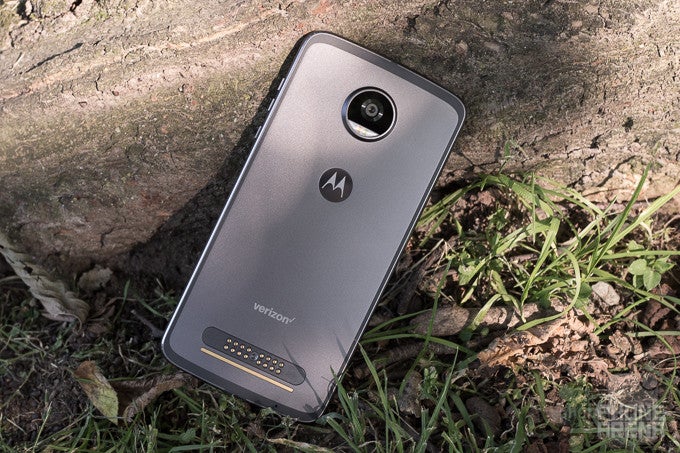
Introduction
Modular smartphone hardware is, at the very least, an intriguing concept: since phones are far from one-size-fits-all, it makes sense to let users choose the hardware features that matter most to them, and by making this hardware modular, it saves shoppers the expense of picking up a whole new phone every time their desires shift.
But for as nice as the idea is, actually making modular smartphones work is an uphill battle, and even giants like Google have looked long and hard at such projects before eventually declaring, “Nope!”
But last year Lenovo-owned Motorola did the impossible, and launched not just a modular smartphone, but a whole family of both modular phones and the modules that attach to them: the Moto Mods. We were promised that this wouldn't be a one-shot phenomenon, and this year they're indeed back, as we get a new phone and some new Moto Mods add-ons.
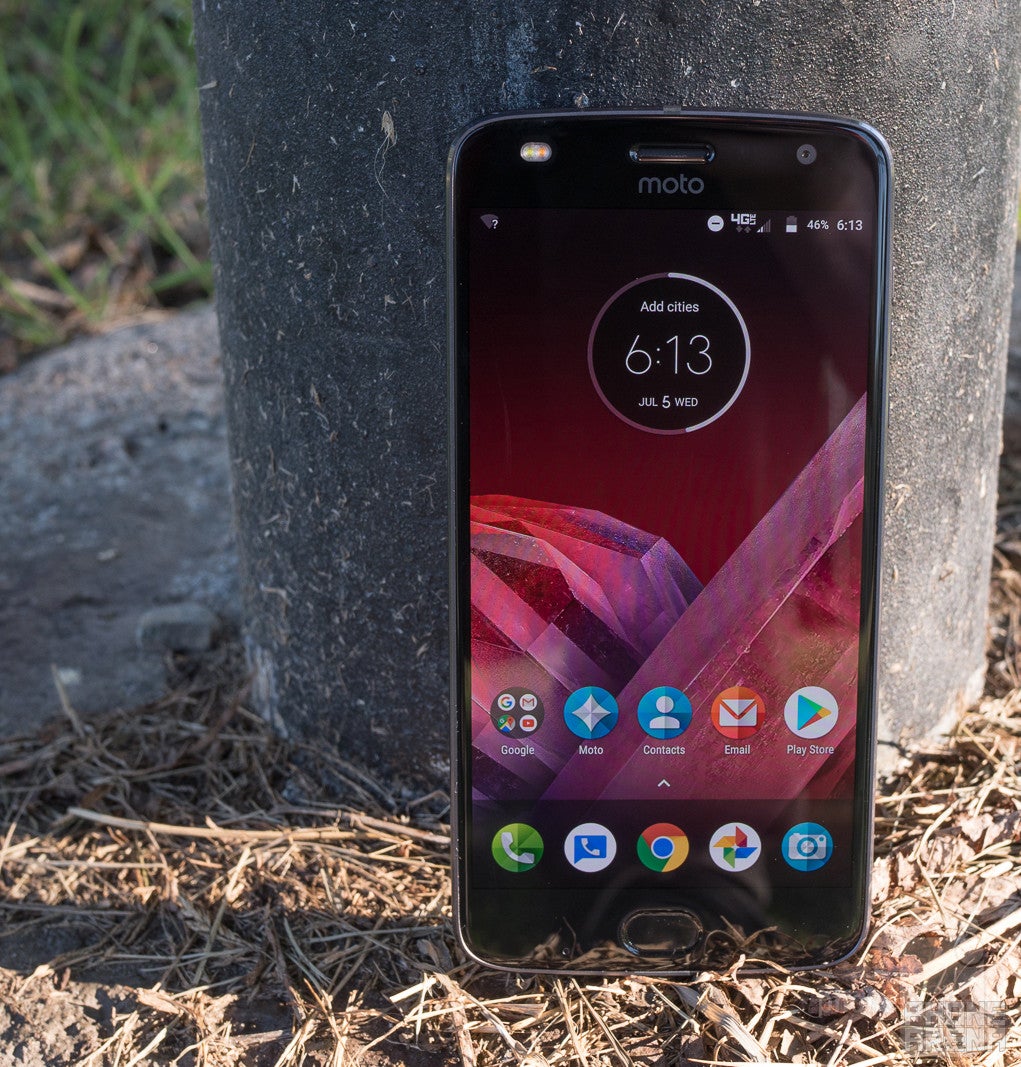
In the box:
- Moto Z2 Play
- Motorola Turbo Charge adapter
- USB Type-C to standard-A cable
- SIM tool
- Safety card
- Quick-start guide
Design
Thinner than the original Moto Z Play, but with that same, unavoidable Moto Z look
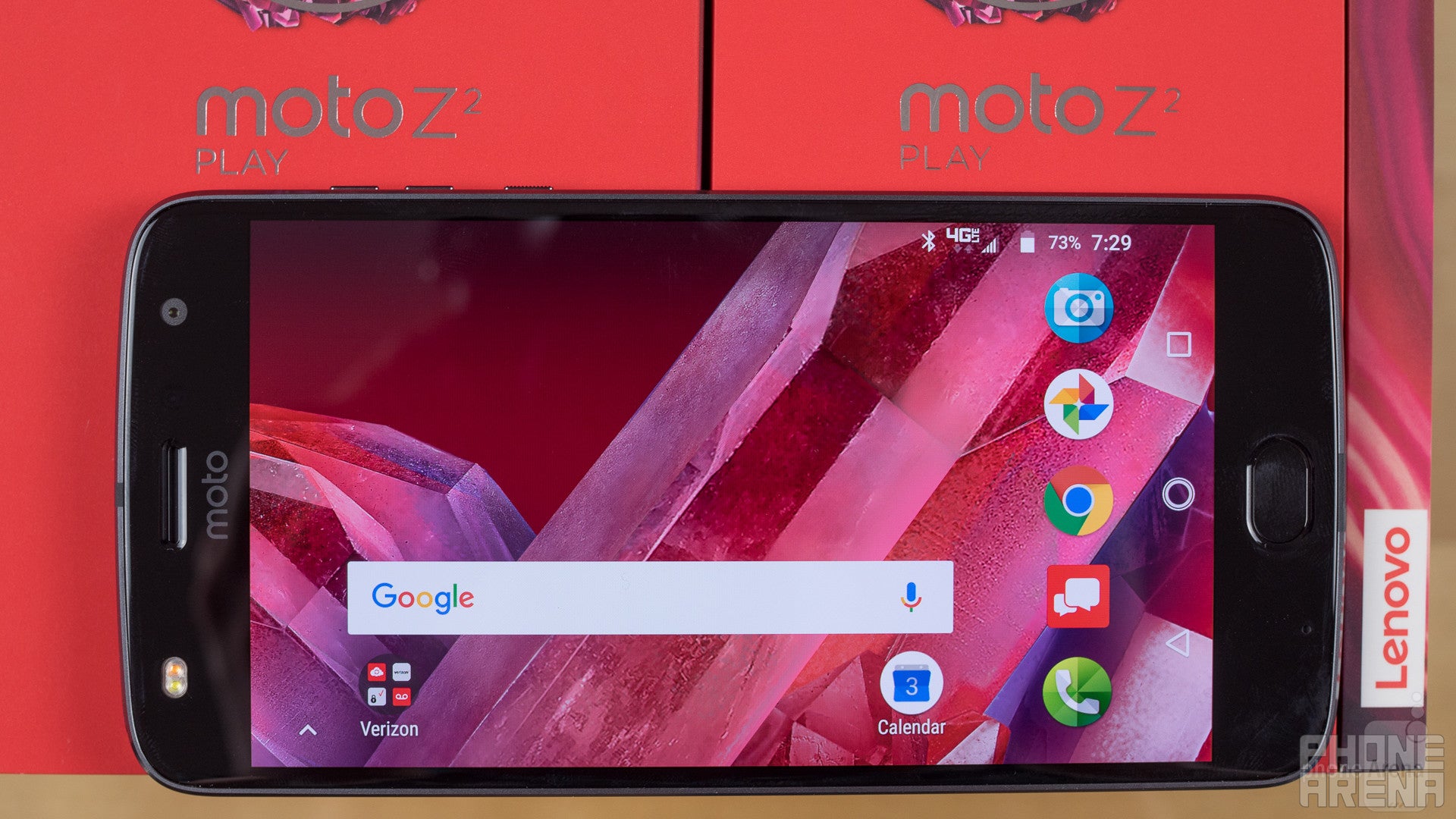
The blessing of support for Moto Mods can also be a bit of a curse: on the one hand, you're giving a phone support for a growing body of add-on hardware, letting users augment the handset with a heavy-duty camera, extra battery capacity, or maybe even a digital projector. But on the other hand, you're locking your phone into being a particular shape and size, with Moto Mods support inherently linked to the physical makeup of a phone.
While that does give Motorola some wiggle room to experiment with handset thickness, other aspects of the phone's design, from that utterly flat back panel to the prominent, centered camera bump, are set in stone.
As a result, the Moto Z2 Play looks and feels a lot like its predecessors, even as it strays a bit from the decisions that went into making the original Moto Z Play. Perhaps most notably there, Motorola's decided to give us a thinner phone this time around, with the Z2 Play's 5.99mm thickness (no Moto Mods attached) coming in below the first gen's 6.99mm. As a consequence, though, battery size also takes a hit – which we'll talk about just a bit later.
Layout-wise, we've got a 5.5-inch screen dominating the phone's face, with a fingerprint scanner below and front-facing camera hardware up top – including a rare dual-LED front-facing flash. The hybrid SIM tray (with support for microSD expansion) lives up top, and along the right side we've got the power button, as well as discrete up-and-down volume controls. Underneath we find the phone's USB Type-C port, and also the analog headphone jack – a feature we got on the first Moto Z Play, but not the other Moto Z phones.
On the back, there's a camera that sure looks a lot like those on earlier Moto Zs, but that's hiding some new hardware within, and down below is the critical Moto Mods interface.
By itself, the Moto Z2 Play is both quite thin and notably lightweight, coming in at just 145g. But neither of those will last for long, as the phone is just begging to have some Moto Mods attached.
Display
Bold colors are great, but come with some big tradeoffs
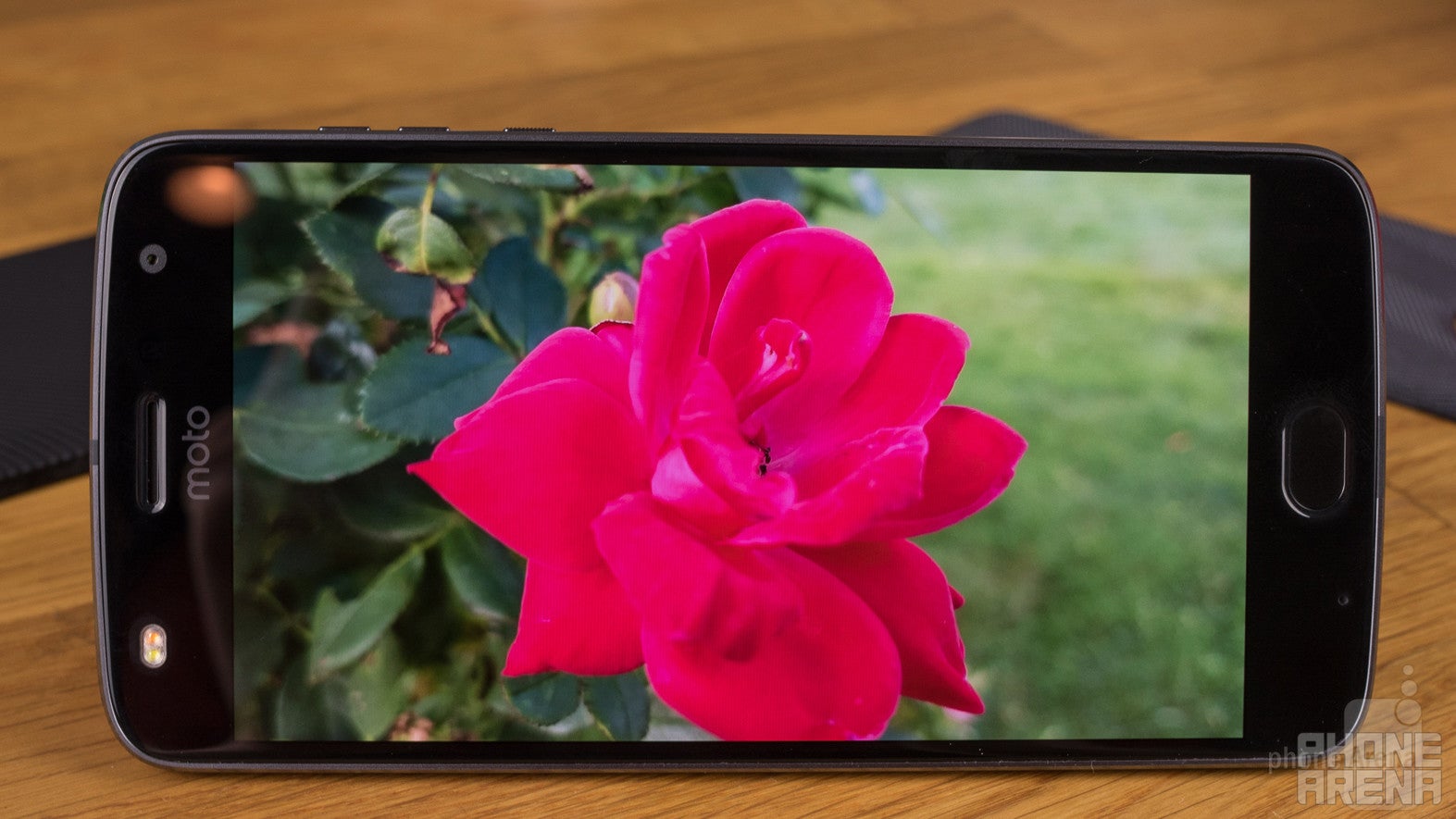
From the moment you first boot up the Moto Z2 Play, the phone looks ready to impress with a dazzling, high-contrast Motorola logo on-screen. It's a great way to grab your attention, and really emphasizes some of the best properties of the phone's 5.5-inch AMOLED display.
The screen's 1080 x 1920 resolution looks decent at this size, but by default the phone's interface doesn't take great advantage of all those available pixels, with text and on-screen elements displayed quite a bit larger than they need to be – and making the screen seem less well-equipped than it really is. Luckily, you can quickly make strides towards fixing that with a few settings tweaks.
But while we were impressed by that early onslaught of classic-AMOLED saturation and bright colors, that honeymoon period didn't last. By default the phone is set to its “vibrant” color mode, but even in “standard,” which claims to deliver realistic colors, our tests found the screen doing not such a great a job at accurately depicting colors – and beyond the general intensity issues we see with AMOLEDs, we also found magenta hues in particular to be poorly reproduced, leaning much more towards blue than they should.
Those disappointments continue when it comes to screen brightness, which seems to top out just north of 400 nits. That's significantly less bright than the majority of phones that cross our path, and notably worse than we saw on the much-more-affordable Moto G5 Plus – which hit nearly 600 nits.
In the end, the screen is detailed and colorful, but still comes up short in a few key areas, and even for a $400 phone, we expect a little more.
Interface and Functionality
Motorola continues to be the king of gesture controls
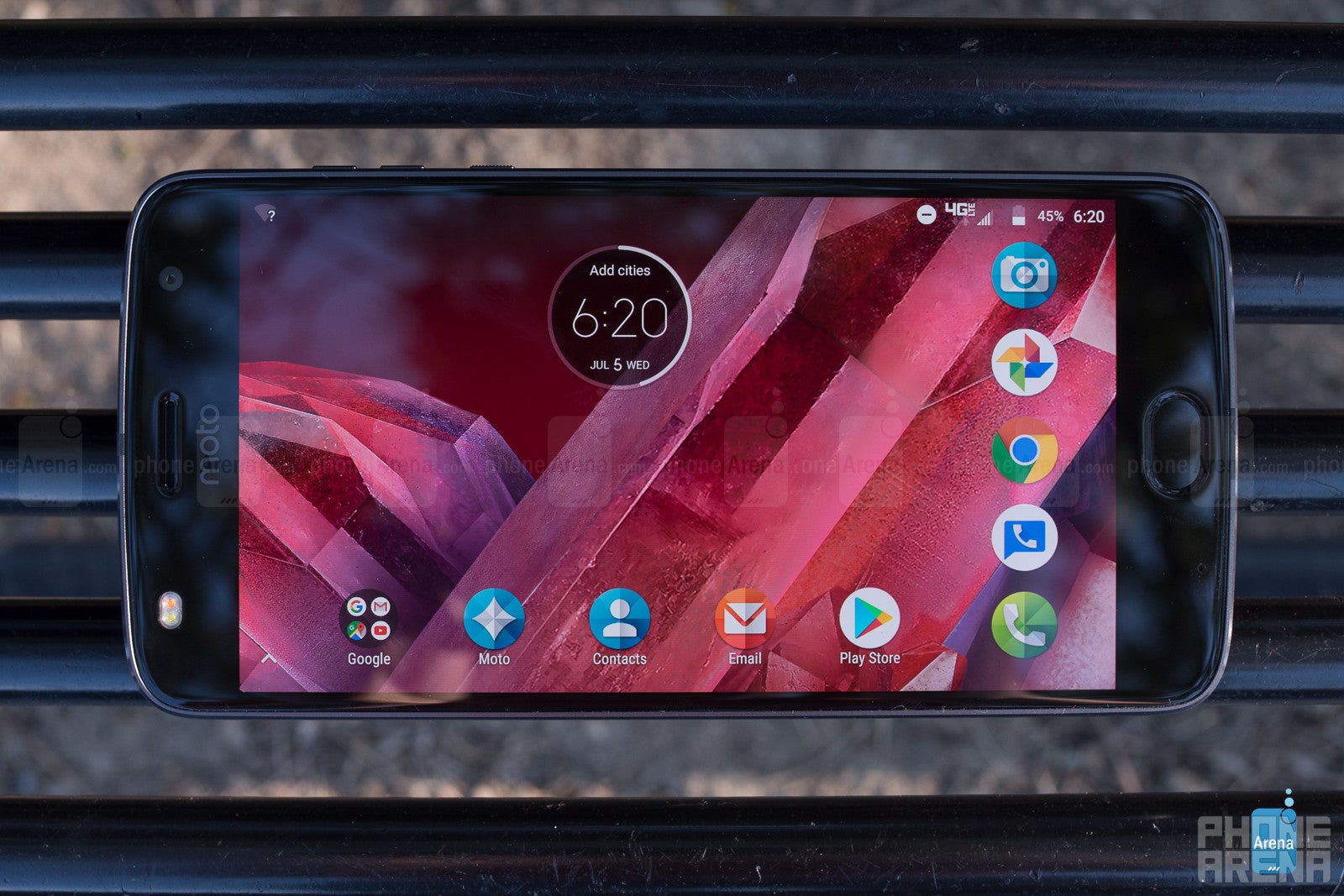
For what's often renowned as a particularly lightweight Android UI, Motorola's software offers some of our favorite options and customizations. None of this involves big, attention-grabbing features, but instead consists of a lot of smaller, more subtle ways to tweak the Android experience. For instance, your phone's auto-rotate toggle may let you choose between auto-adjustment and locking the phone in portrait, but Motorola adds the option to also lock the phone in landscape. Will you use that all the time? Maybe not, but we love having the choice, all the same.
Once again, gesture shortcuts are the star of the show here, and whether you're twisting the phone to start the camera, or using a “chopping” motion to toggle the flashlight. One of the most useful there is the phone's ability to detect when you're reaching for it, powering up to show Moto Display notifications without you even having to touch your handset at all.
We also see the return of the gesture navigation controls implemented through the phone's fingerprint scanner, just like we got to know on the Moto G5 Plus. They're entirely optional, but offer a fun way to quickly navigate through the Z2 Play's interface – once you get used to them.
And just like always with Moto Mods, the phone offers helpful how-to tutorials on each the first time you connect them.
Processor and Memory
An upgrade over last year, but maybe not a big enough one to be worth it
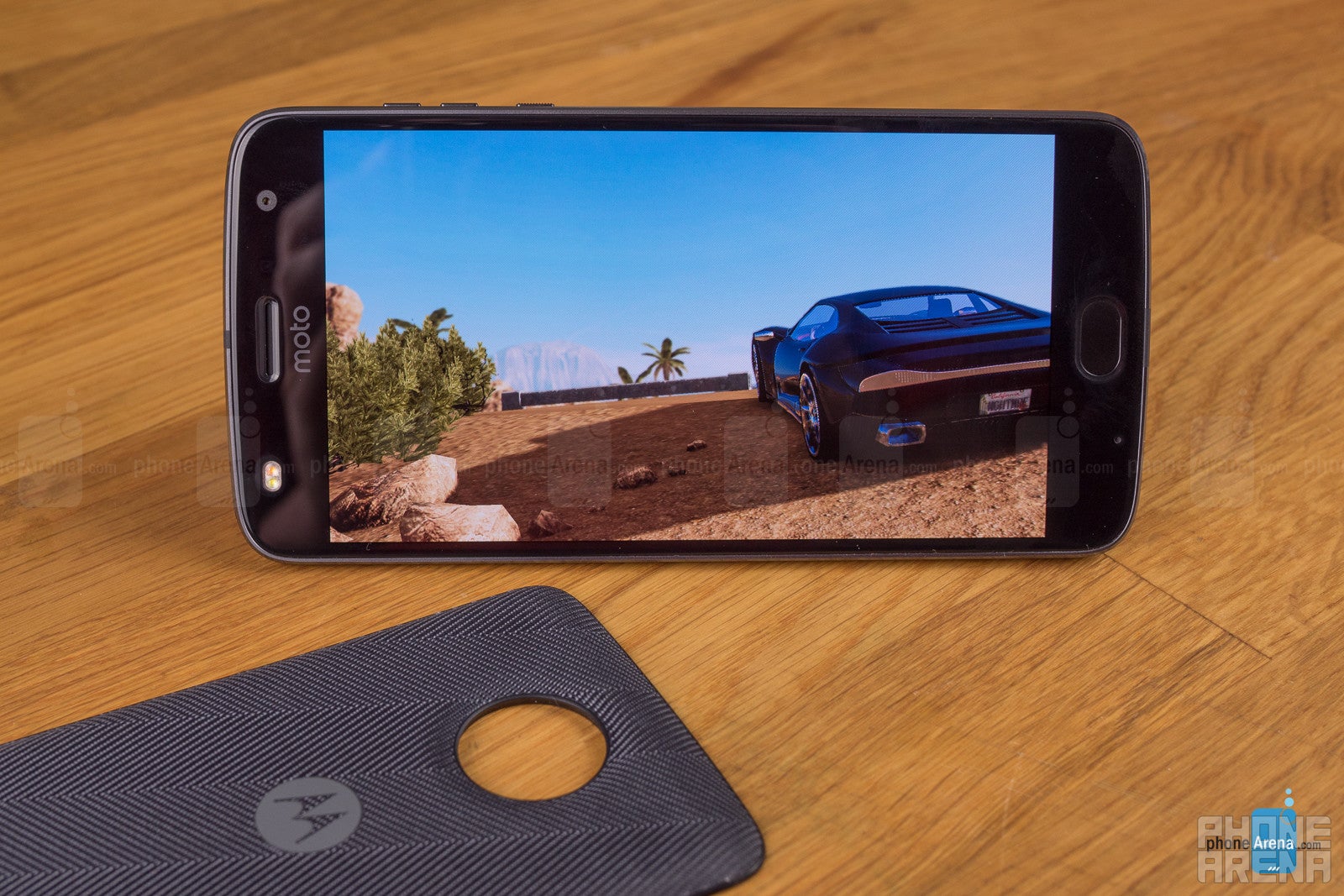
For a while now, the Qualcomm Snapdragon 625 chip has been our go-to pick for a processor that delivers decent performance, but maybe more importantly, also conserves a heck of a lot of power, allowing phones based on it to deliver day-long endurance without breaking a sweat. That's the chip that powered the original Moto Z Play, but for this second-gen effort we see the 625 replaced by the newer 626.
In nearly every way that matters, the 626 is the same chip as the 625, and differentiates itself just by operating at a slightly higher speed – and really, we're only talking about 10% faster.
One consequence of that is that this new Z2 Play doesn't feel a lot faster than the original. While there are other reasons to upgrade here, it's a little disappointing that performance doesn't seem to be one of them. But this also paints the Z2 Play in an unfortunate light compared to newer phones like the Moto G5 Plus, which runs a Snapdragon 625. It ends up performing in the same league as the Z2 Play, and granted, it lacks Moto Mods support, but it also costs way, way less.
That puts the Moto Z2 Play in a difficult-to-market position: it's got mid-range hardware, but you're also asked to pay a premium for it over competing devices. And that's saying nothing of the cost of Moto Mods on top of the phone itself; at some point, will shoppers just decide it's a better value to drop a little more cash on a more full-featured flagship?
The version of the Z2 Play we got to try out is a 3GB RAM model, though a 4GB version should be available soon. While that extra wiggle room could be nice, we didn't run into any big headaches with multitasking, even with this much memory.
Connectivity
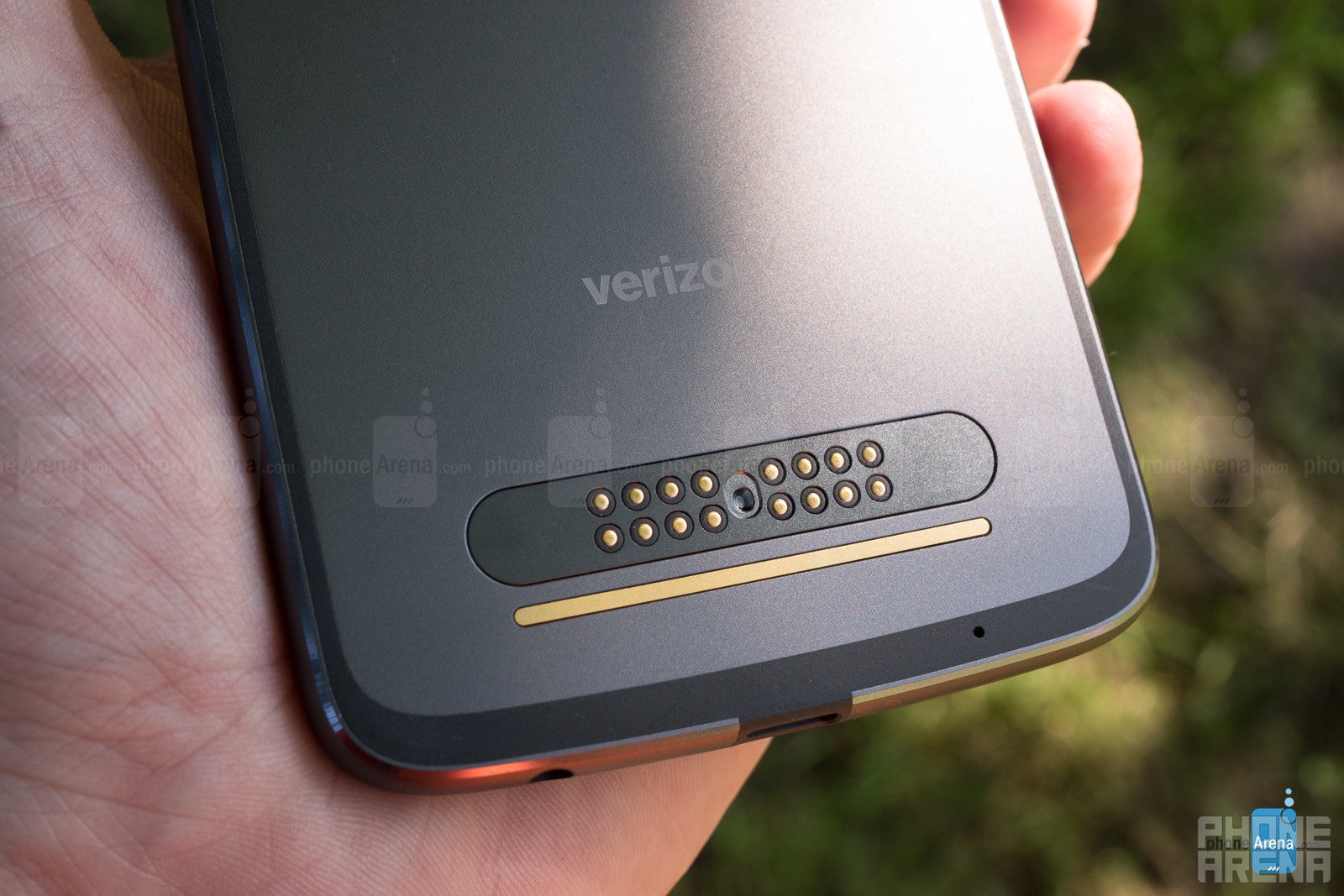
Right now the Moto Z2 Play is only available for Verizon, but Motorola promises that an unlocked version (and, correspondingly, one ready to be used on other carriers) will be sold directly through the manufacturer's website in a couple months. For the moment, Verizon connectivity works well, though we did have a few moments where speeds seemed a lot slower than our strong LTE connection would otherwise indicate we should expect.
For wired connectivity we've got a USB Type-C port, and while some phones may give you that fancy new connector but use slower USB 2.0 for data transfers, the Moto Z2 Play supports full-speed USB 3.1 – and that's great to see on a mid-range phone like this.
And of course, we can't forget the most important connectivity option of all: the connector array that allows for the attachment of all your favorite Moto Mods.
Camera
A totally decent camera, but way too similar to one we've seen on a much lower-priced Moto phone
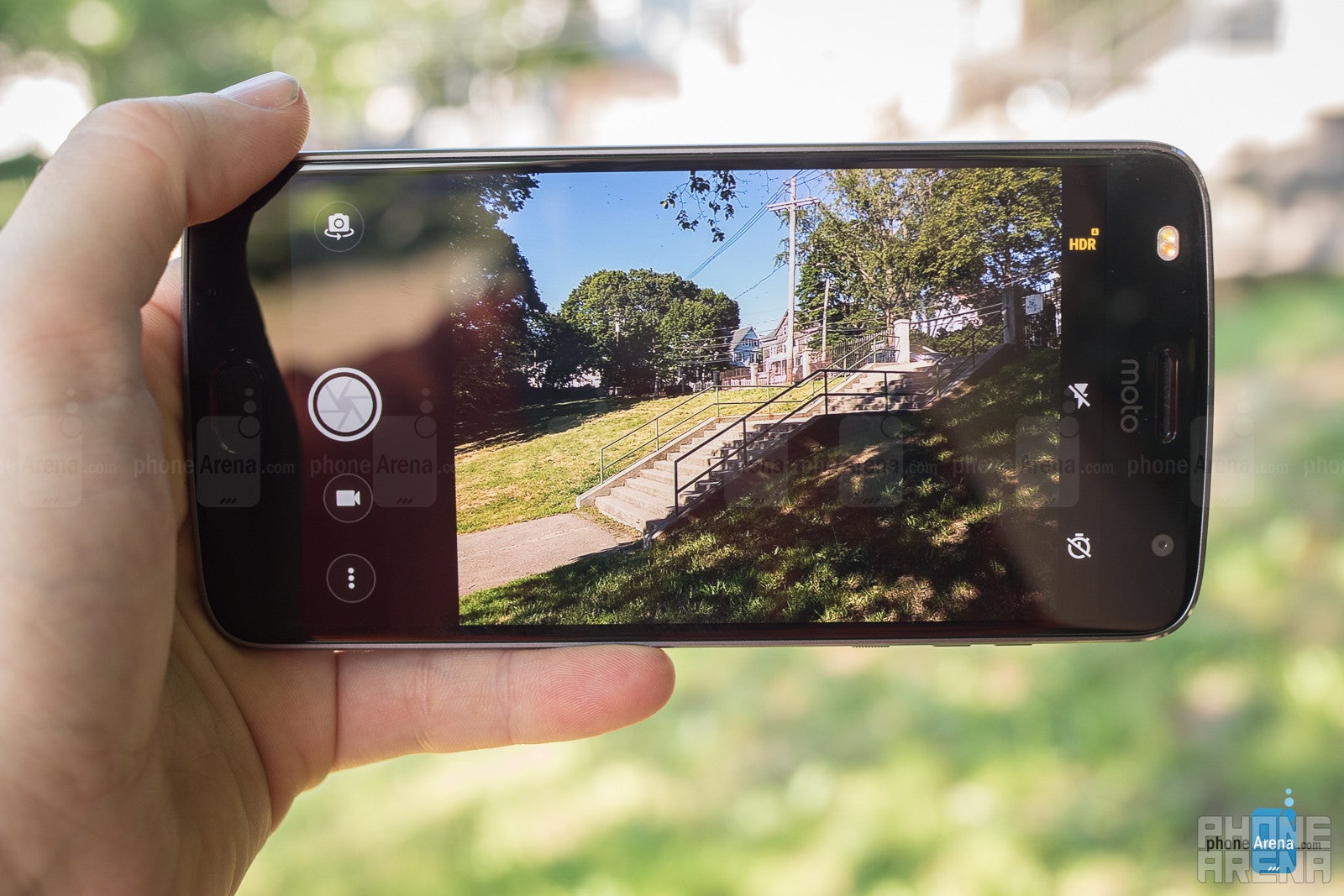
Motorola has given the Z2 Play a 12MP main camera with f/1.7 aperture, as well as both dual-pixel and laser-assisted focus. Fancy laser aside, that sounds a whole lot like the camera we just saw on the Moto G5 Plus.
But the thing is, while we generally like that camera, we did have a few issues with its performance. Has Motorola learned any new tricks since the G5 Plus landed? Or is this comparison not even appropriate to begin with, with the Z2 Play shooting in a whole different class? Let's take a look.
Image quality
Sure enough, our general impressions of using the camera on the Moto Z2 Play fall in line with what we saw from the G5 Plus: that is, images that by and large tend to look good, though don't be surprised if one in ten come out poorly exposed or exhibit other flaws that drive you to delete them. Low-light performance leaves a bit to be desired, and despite the elaborate array of auto-focus hardware, sometimes the camera really struggles to bring the right part of the scene into sharp focus.
Again, some of the best points of this camera aren't the lens or sensor themselves, but Motorola's software. Auto-HDR tends to work really well, optimizing exposure for each scene, and we love the gesture shortcuts that make getting into the camera almost as fast as had there been a dedicated camera hardware button.
We also really like the 5MP front-facing cam, with a dual-LED flash. Some apps (like Snapchat) still struggle to take full advantage of front-facing flash hardware, but it's a great option to have, all the same.
Video recording
Shooting video on the Moto Z2 Play can be a mixed bag. You have a ton of options, from 4K, to HDR video, to stabilization, and while you can't use all of those at once, there's enough variety that you can find something that works good for you. We especially liked the look of the HDR video, though there was a tad of “ghosting” style feedback that proved a little distracting
But just like on the G5 Plus, we ran into problems with heavy compression artifacts making some videos look really poor – and this was most visible in 1080p 60fps mode. It's not the end of the world, but does subtract from otherwise quite satisfying camera performance.
Multimedia
Motorola reminds us why so few phones go with front-facing speakers
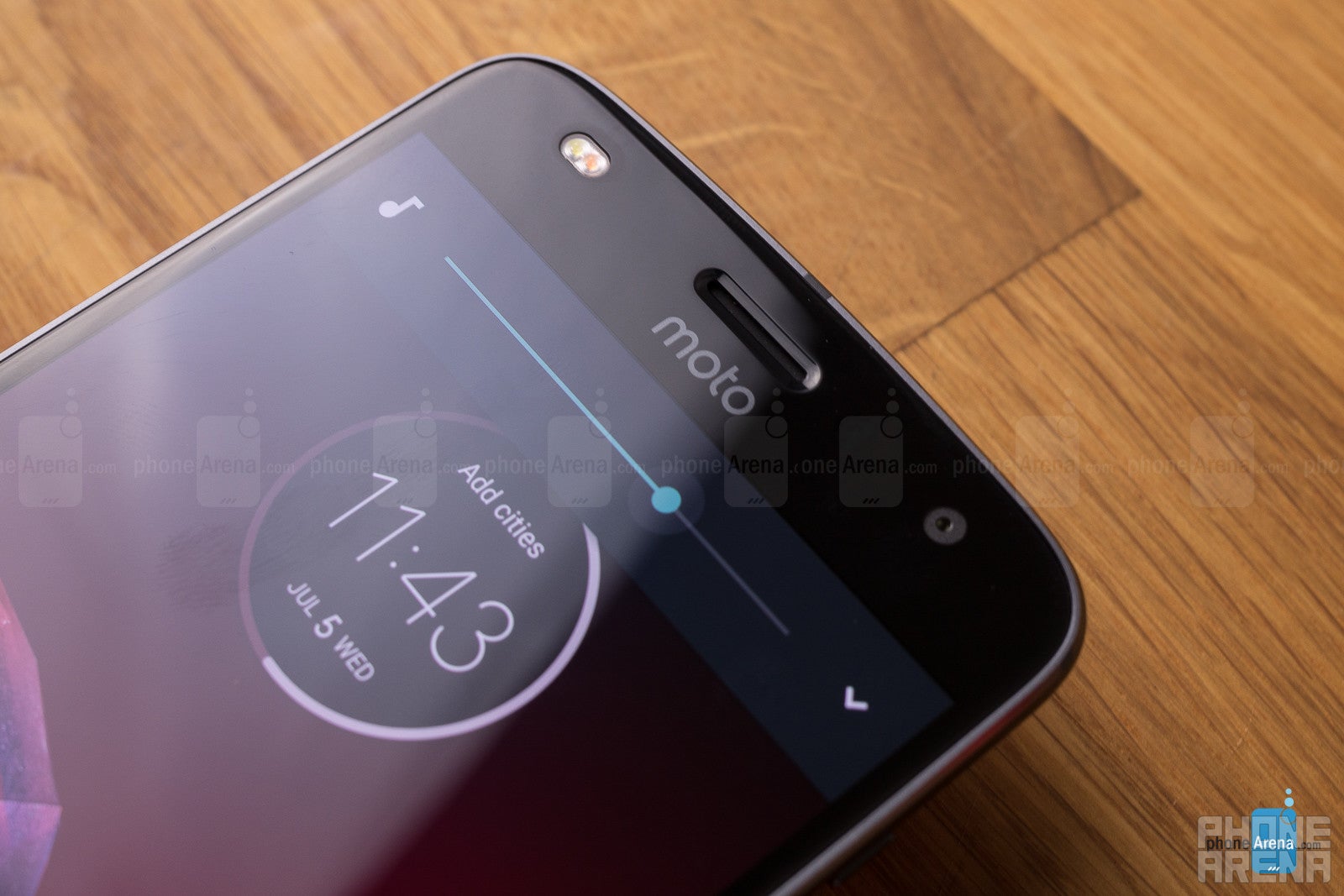
We already voiced our concerns about the Moto Z2 Play's not-very-bright, not-very-accurate screen. But if you don't quite care about either of those, it is very colorful (again, even if those colors aren't extremely accurate), and that can make videos enjoyable to watch.
But that would also require some decent speakers, and here the Moto Z2 Play runs into trouble. Now, it does have a front-facing speaker, which is nice, but it's also the phone's earpiece, and it's not joined by a bottom-edge speaker like we see on a number of other phones.
And while its output is decently loud, it's also really lacking in any kind of satisfying bass reproduction. Audio is really tinny and light-sounding, and while Moto Mods make that easy to remedy by attaching a JBL SoundBoost speaker, the phone by itself is just a little disappointing in the sound department.
At the very least, the handset does retain its analog headphone jack, which is far from a certainty in Moto Z-world.
Call Quality
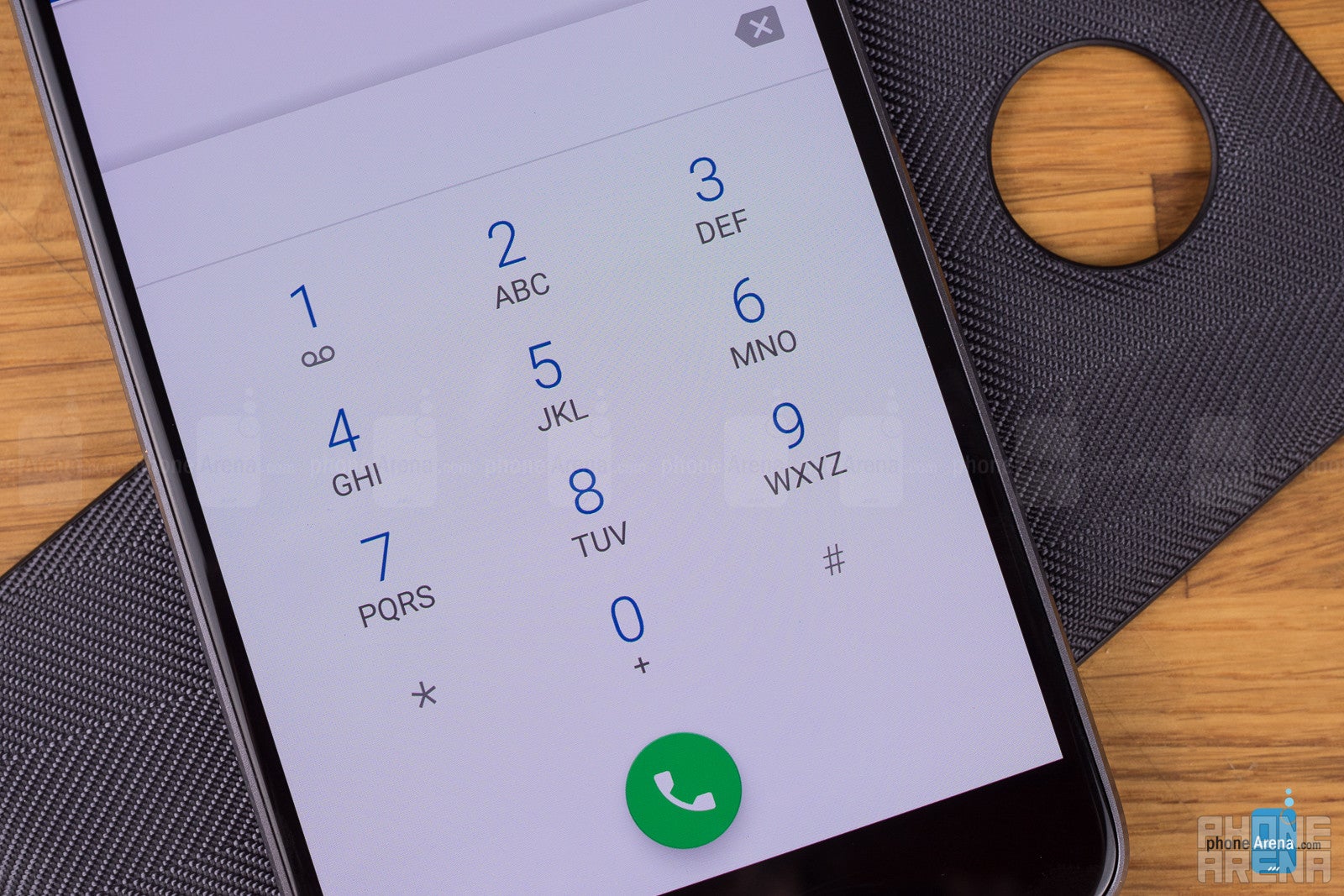
Battery Life
Between a battery-life hit from last year, and south-of-average recharge times, the Z2 leaves us wanting more
To get incredible battery life out of the Moto Z2 Play, all Motorola had to do was as little as possible: the original Moto Z Play already had insane endurance, and short of fattening the phone up with a larger battery, there wasn't much left to do to improve on that.
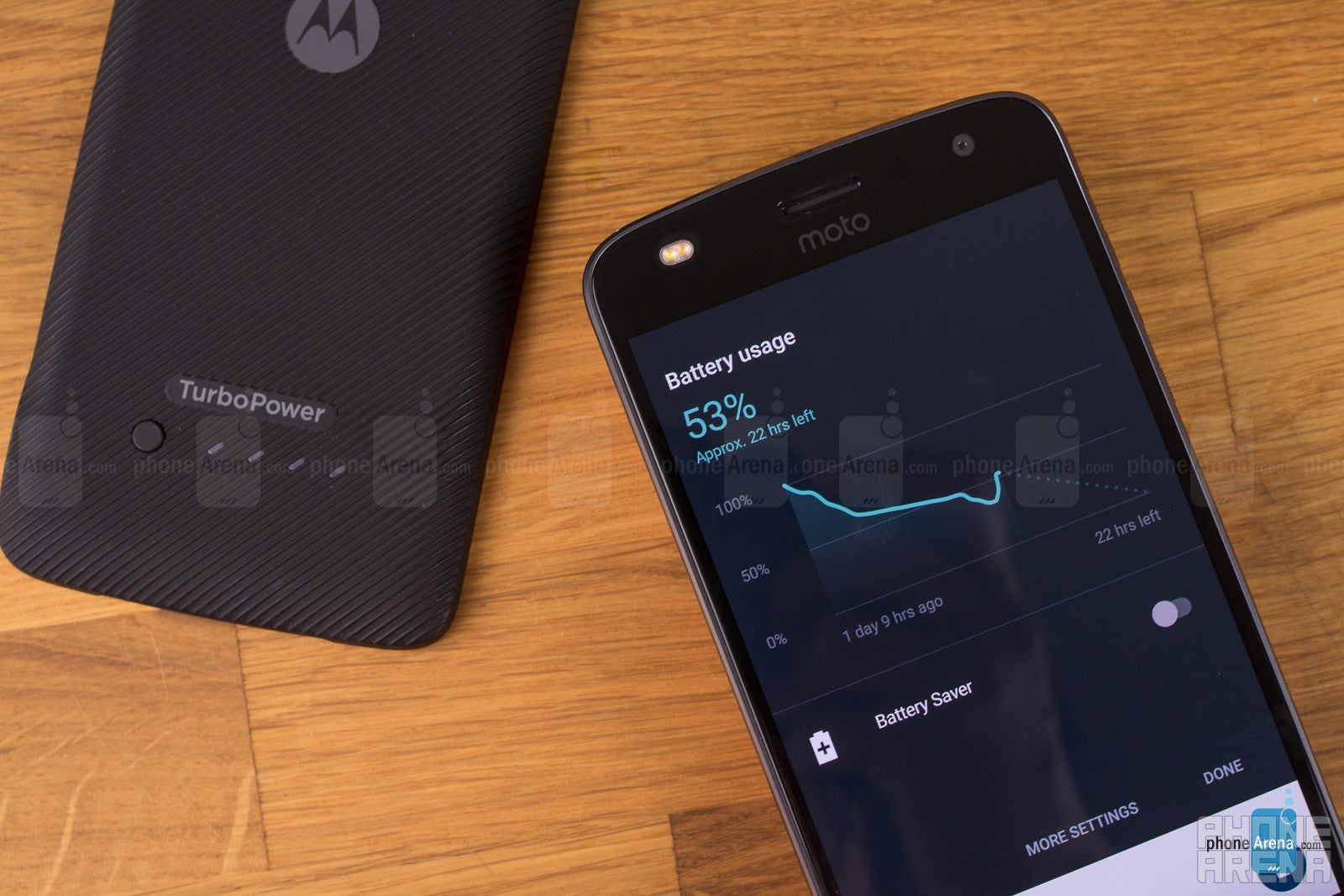
But the Moto Z2 Play is a thinner phone than its predecessor, with a smaller 3,000mAh battery under the hood. And though the Snapdragon 626 processor enjoys some of the same efficient operation as the Z Play's 625, less battery capacity is inevitably going to translate into shorter time between charges.
Indeed, we see battery life drop from the almost 14 hours we got last year to a slightly more conservative nine-and-a-half. That's still pretty solid, and while some users will lament that Motorola didn't just keep the phone thicker and with that same big 3510mAh battery, this isn't the worst compromise we've ever faced.
One downside, though, is slightly longer-than-average recharge times. They're not bad by any stretch, taking a little over two hours to charge back up, but lately we've been seeing a lot of phones come in between 90 and 120 minutes, so the Moto Z2 Play is slower than all those.
Moto Mods
The whole point of a Moto Z-series phones, the latest Mods are nice – but can you really afford to collect them all?
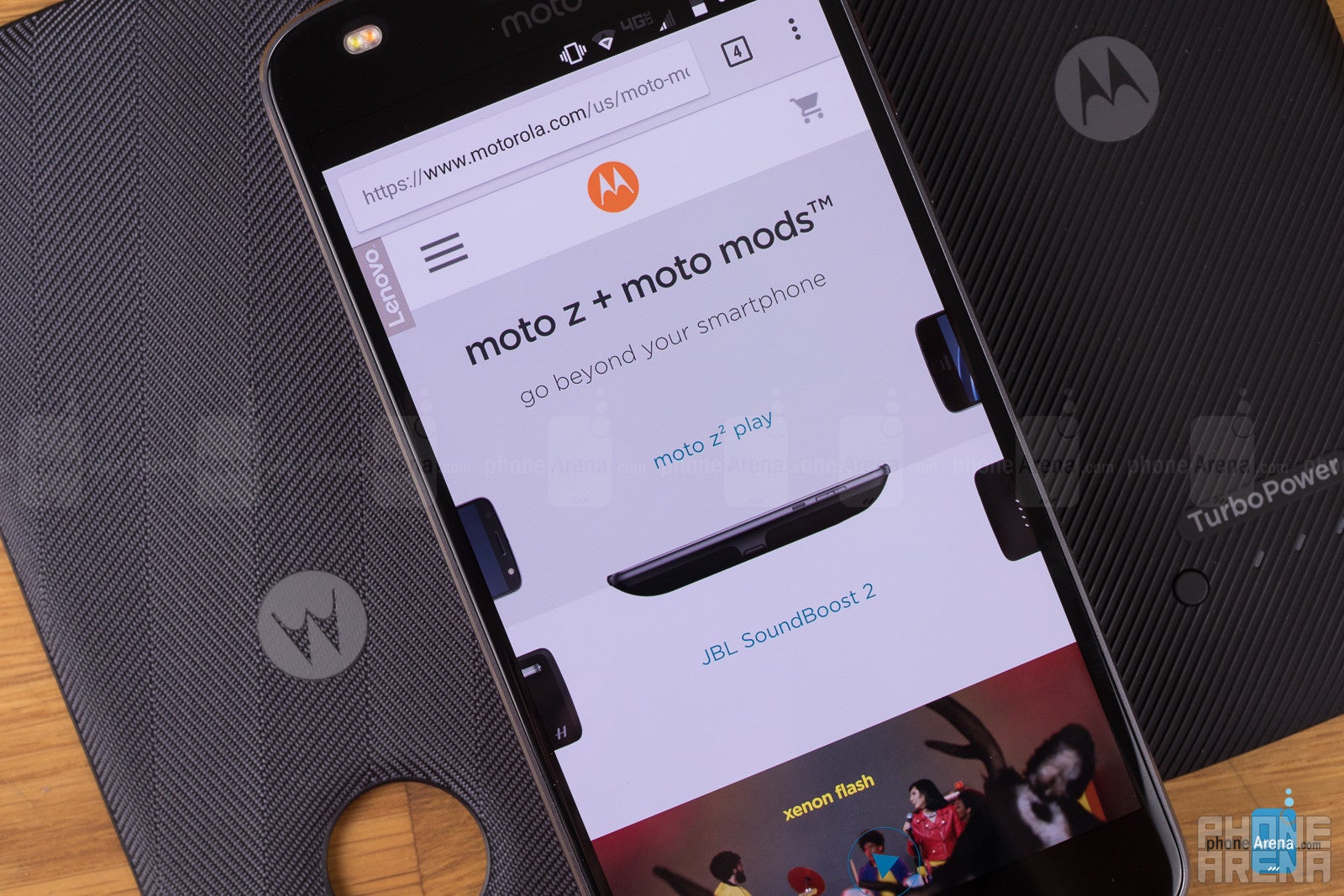
It wouldn't be a Moto Z phone without support for Moto Mods hardware, and this year we're checking out the Z2 Play alongside a trio of three new accessories.
First up we've got the Wireless Charging Style Shell. This looks a lot like one of the plain, featureless Style Shells we checked out last year, but adds support for wireless charging to the phone. We'd love it if that ability were built in to the Z2 Play, but when you're popping new backs on the phone all the time, we understand how it makes sense to make the feature external.
It looks good, and works good, though you'll need a compatible 10W Qi charger to take advantage of quick-charging mode (which the Samsung wireless fast charger we tested the Style Shell with does not support, forcing us into slow mode). The back has an attractive woven fabric texture, and while that looks nice and feels even better, we worry that it's already fraying a bit around the edges. The Wireless Charging Style Shell will go up for sale at the end of July, priced at about $40.
Next there's the Moto TurboPower Pack, which more than doubles the Z2 Play's battery capacity with an extra 3,490mAh battery. This one's got a ridged, rubberized texture, and while it looks nice, it does tend to pick up a good amount of dust and debris. You can charge the Pack directly with its side-mounted USB Type-C port, and a button on its back lets you quickly check remaining charge through a four-LED readout.
While a battery pack seems pretty straightforward, the accessory's software does offer a nice degree of customizability over how the phone takes advantage of it: you can go for a turbo mode, that gives your phone as much juice as it can take, or opt for a more reserved efficiency mode, that instead tries to keep your handset's battery hovering around 80%.
Understandably, this one's quite a bit thicker than the wireless back, and adds a good amount of weight, but its custom Moto Mods shape does make the accessory a lot more palatable than a generic third-party battery case would be. Again, sales start at the end of July, but this Moto Mod will fetch closet to $80.
Finally, we've got the new JBL SoundBoost 2, the sequel to the speaker add-on we first checked out last summer. The basic layout is the same: a pair of stereo speakers, separated by a convenient kickstand. That stand makes video-watching really convenient, and offers a good reason for why you should use the SoundBoost 2 instead of an external Bluetooth speaker.
The new speaker sounds great, looks really cool with its red-fabric exterior, and this year adds water-resistance to its feature set – perfect for outdoor summer usage. Attaching it to the Moto Z2 Play makes the phone preposterously thick, so you're not likely to travel with the SoundBoost 2 attached, but it's handy to snap on and leave on a table, filling the room with sound. The speaker contains its own battery (and charges separately from the phone), good for about 10 hours of playback.
Sales of this one start on July 10, for about $80, but there's a promotion going right now that can snag you one for free with the purchase of a Moto Z2 Play. Normally we'd be on the fence, just because of its size and convenience issues, but knocking that price down to $0 quickly obliterates any minor objections.
Conclusion
The Moto Z2 Play is an important phone, if only because it's keeping the Moto Mods story going. It's incredible that the project has lasted as long as it has, and other manufacturers would have thrown in the towel long ago (just look at LG or Google), so we love the fact that the Z2 Play exists at all.
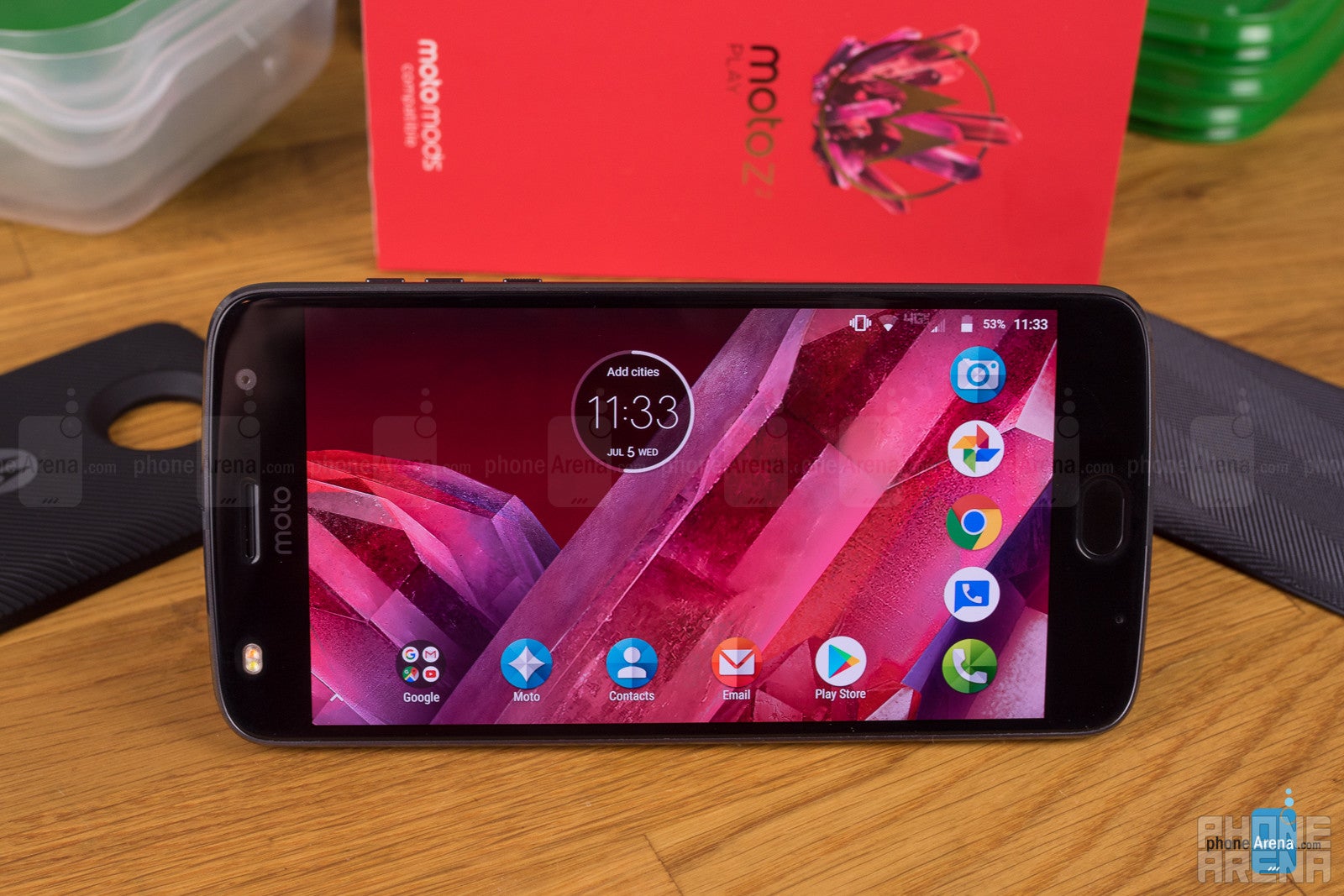
And looked at by itself, this phone does a lot reasonably well. Performance is alright for a mid-ranger, battery life is good (even if we were hoping it might be better), and even pricing's not bad, with Verizon selling the handset for just over $400.
But then we take a step back, and can't help but find ourselves wishing for something more – or maybe just something different. There are lots of little issues that start adding up, like the not-nearly-bright-enough screen, or the speaker that seems to utterly lack any ability to reproduce bass tones.
That dissatisfaction is compounded by the Z2 Play not feeling like a full-on sequel to the original Z Play; it's just not better in enough ways, and feels more like a “Moto Z Lite,” that trades battery life for thinness.
Looking at the rest of the Motorola lineup, we also find ourselves forced to draw comparisons to another recent affordable handset, the Moto G5 Plus. That phone has similar performance, a very similar camera, and while it doesn't support Moto Mods, it costs nearly half as much. Modular hardware may be cool, but is it worth paying an extra $150 or more for? And when the simplest add-ons cost $40 themselves, you really have to stop and ask yourself how much money you intend to sink on your smartphone spending.
If you like modular hardware, you like your phones on the thinner side, and you dig a screen with bold colors over one that's super-bright and easy to read outdoors, the Moto Z2 Play won't do you wrong. It's a solid handset, and the ability to add new capabilities really does help offset some of our misgivings. But there's also a lot of room for improvement here, and maybe more than anything, this phone has us wishing for yet another Moto Z handset, one that pushes the envelope even further.


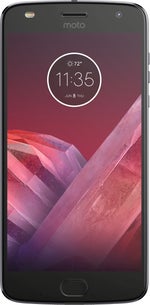

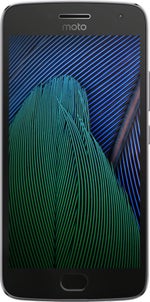
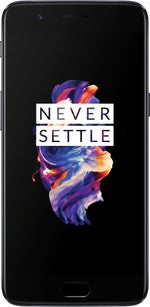

















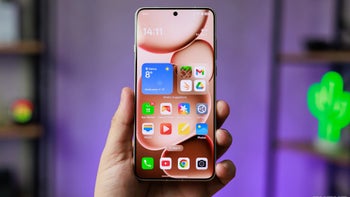
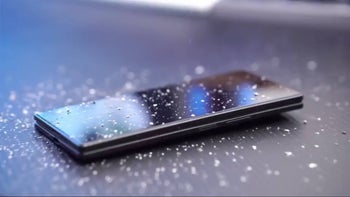
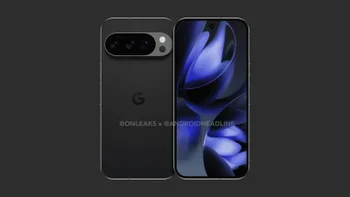
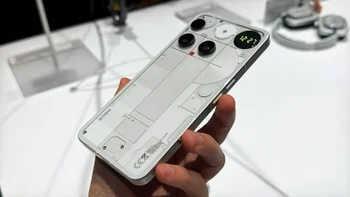
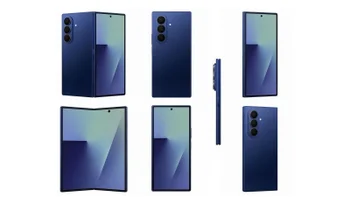
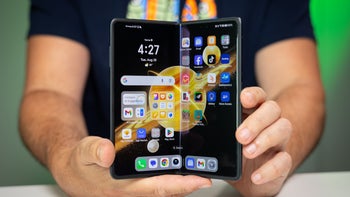
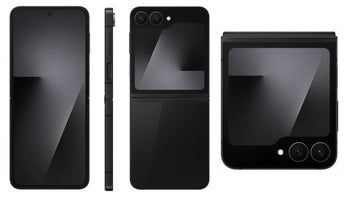
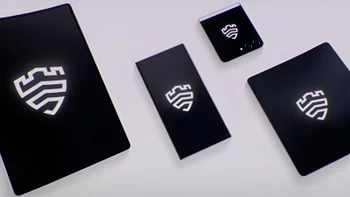
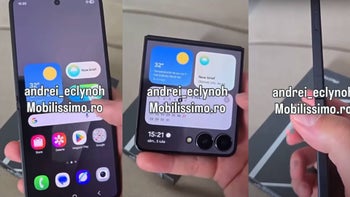

Things that are NOT allowed:
To help keep our community safe and free from spam, we apply temporary limits to newly created accounts: